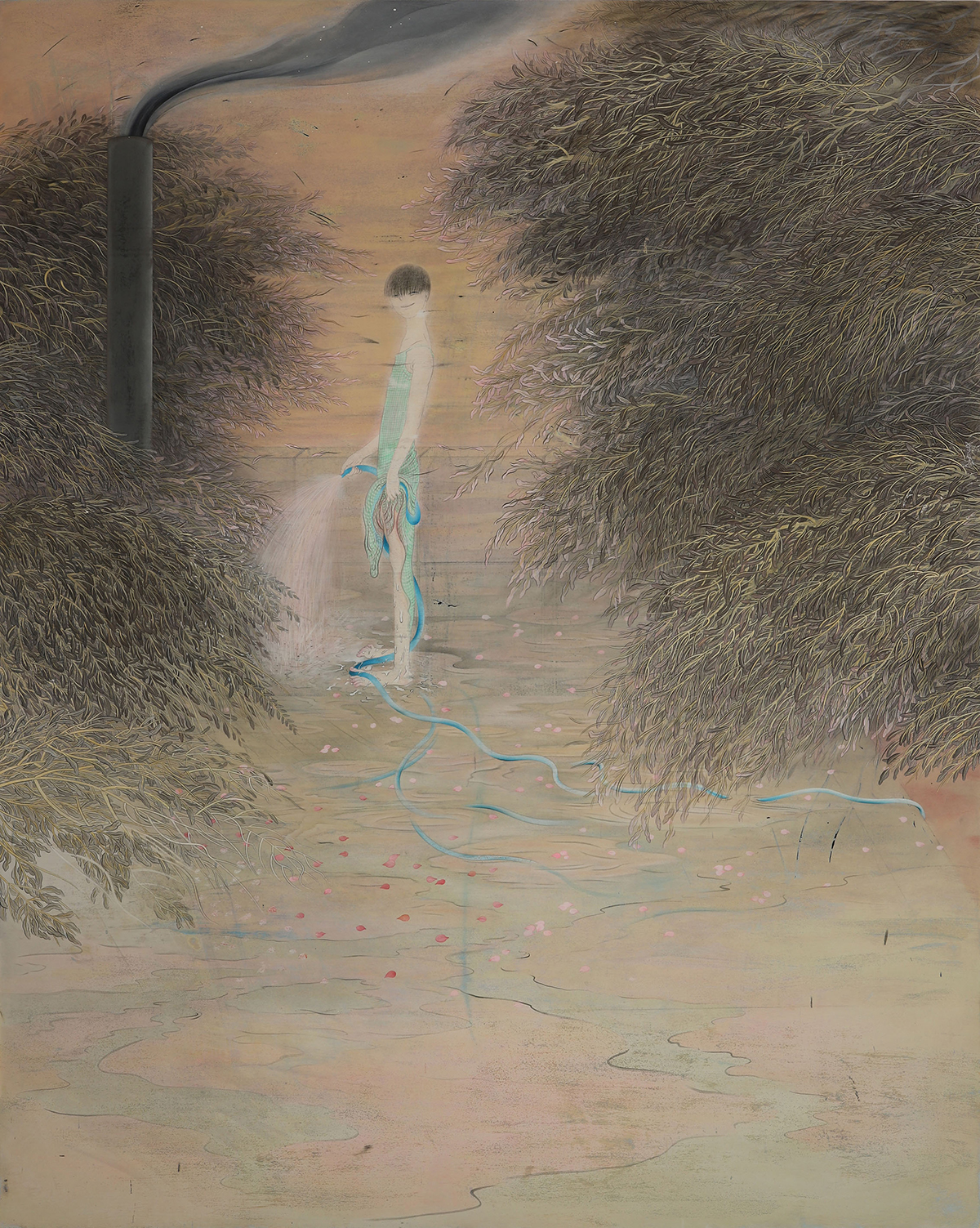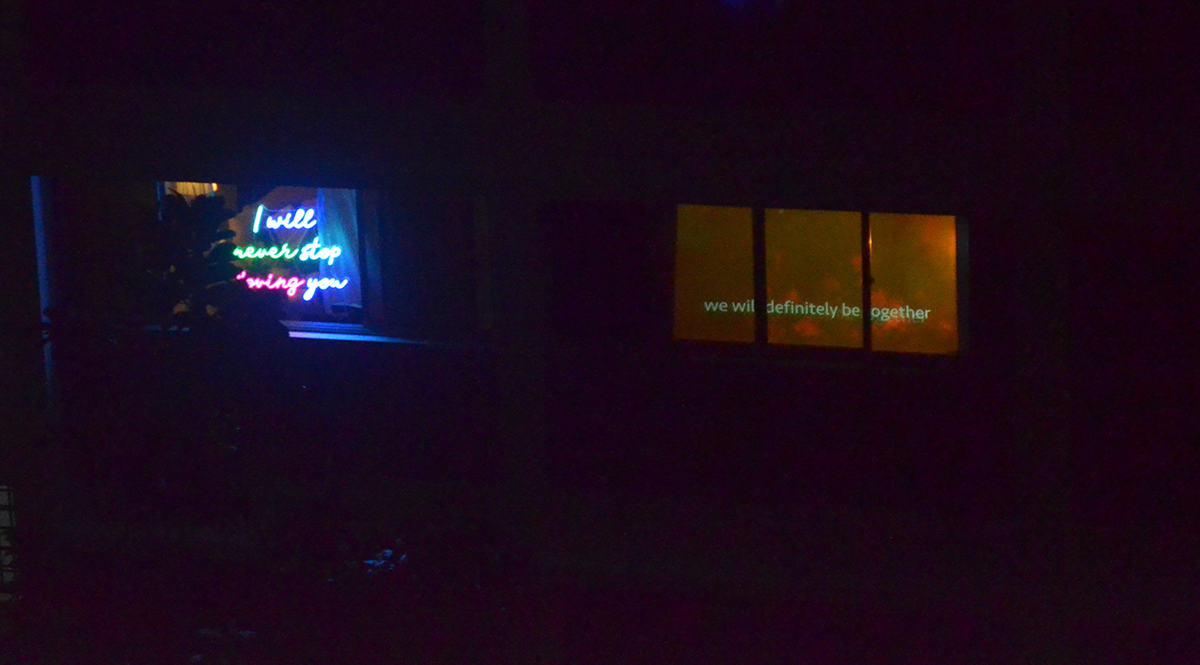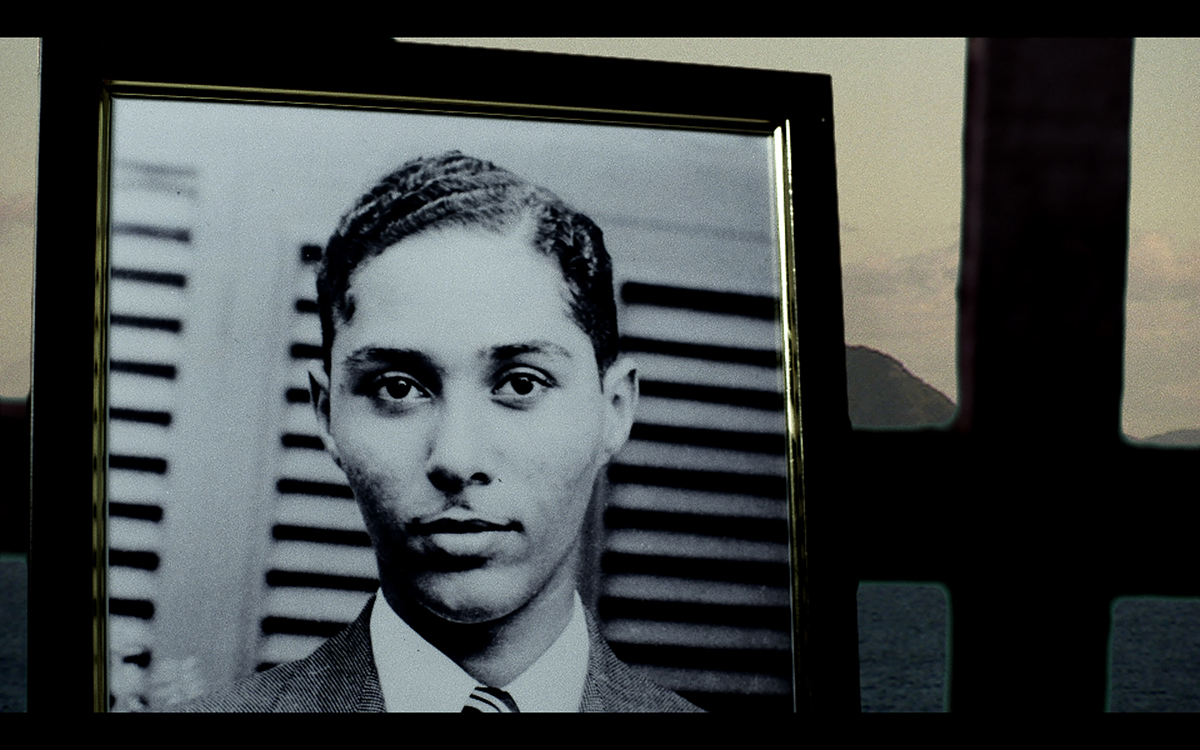Lockdown eases, Singaporeans go to the polls, and galleries reopen with shows covering roots, decolonisation and isolation
Singapore is in ‘Circuit Breaker, Phase 2’. In non-Singaporean English, that means we’re one step from going back to normal: you can dine out if there are five or fewer in your party; some people are going back to work; and cinemas, libraries and places of worship have resumed business. Oh, there’s also a general election. We go to the polls on Friday (10 July).
Today is the last day of hustings in a super-quick nine-day campaigning period right smack in the middle of a pandemic. Tomorrow (9 July) is Cooling Off Day, which prohibits any posts with political content. So I’ll be quick. In any case, most people have probably already made up their minds. I know I have. I leave you with an anecdote from a Facebook post that Emeritus Senior Minister and former Prime Minister Goh Chok Tong wrote about going to a horse race.
He wrote: ‘I studied the information provided on the horses’ and their jockeys’ characteristics, race records, etc. I observed the horses’ looks, build and behaviour when they were trotted out for viewing before the race.’
He lost the bet. His wife, however, won.
‘She chose the horses she felt sorry for.’

The point of this story, according to him, is that ‘choosing candidates is not like gambling on horses’. Maybe. But gambling is surely less painful than going through an election. It’s been a rough week-and-a-half, when all one seems to be doing is refreshing news feeds and reacting to some incredible new hourly outrage. To detox, I’ve been listening to a lot of Buddhist podcasts. The teacher says that if you meditate and stay with anger, you will find that at the heart of it is sorrow. (And behind sorrow, the ‘great big sky’ – but let’s take it one step at a time.) So I’ll take a leaf, with a slight modification, from the book of Mrs Goh Chok Tong. On Friday, I’ll go to my designated polling station, wear the disposable gloves provided, and put an ‘X’ next to the party with whom I share the most sorrow. And then, fingers crossed, hope that that horse will be first to the cross the finishing line.
In other news, Singapore galleries have opened. There are a few new shows, but most of them were old exhibitions that had their runs disrupted. Since National Gallery Singapore is offering free admission until 31 July this is a good time to visit Pago Pago, the survey of Latiff Mohidin’s influential series of paintings produced during the 1950s to 1960s. Pago pago is the term he coined to describe a way of thinking and working that challenged Western modernism, and the signature motifs are totemic structures that evoke the shapes of pagodas and organic roots. The exhibition explores how he synthesised his experiences from his childhood in Malaysian and Singapore, his education in Europe and his travels through Southeast Asia into a distinctive personal idiom.

If you’re still wary about leaving the house – daily infection figures have returned to the double digits at the time of writing – the Gallery also has commissioned something you can view while parked in front of your computer screen. Titled ‘Out of Isolation’, this is a series of artworks and texts that respond to the COVID-19 situation (what else?). Exuding a languid melancholy is Susie Wong’s video installation slash window display Alone. Together, which features the words ‘I miss you so much’ and ‘We will always be together’ interspersed with footage of swaying coconut trees. Meanwhile, sound artist Bani Haykal writes a thoughtful essay on echo chambers and ‘weird rooms’ in weird(er) distancing, while digital artist Lin Hsin Hsin pens an emoji-studded poem, Time Passes By, Slow (sic), that I’m probably too old to appreciate.
After almost three months of closure, Gillman Barracks has also dusted off its cobwebs. Worth checking out is Some of the Many Things I Want To Remember, a new show at Ota Fine Arts by Japanese artist Tomoko Kashiki, whose paintings portray dreamy, delicate scenes that belie the complexity of her processes. She first covers a wooden panel with a linen cloth, before applying layer after layer of acrylic paint. Finally, she sands down the surface, creating light, airy works with intricate brushwork and flowing lines. The paintings often feature a lone figure either outdoors or in an architectural setting which has been rendered soft and liquid.

For something more intellectually muscular, head down to Non-Aligned at The NTU Centre for Contemporary Art, a searching exhibition with three video works exploring the idea of decolonisation movements, race and identity. Given that race, especially brown identity, is one of the major election issues in Singapore, this show is a useful place to see the history of such political movements and the conversations we can have about race that go beyond the current status quo of pretending everything is OK.
The exhibition’s title is taken from the Non-Aligned Movement, an anti-colonial organisation of some 120 states formed after the Cold War that oppose all forms of foreign aggression, domination and manipulation. Two Meetings And A Funeral (2017) by London-born artist and writer Naeem Mohaiemen examines Bangladesh’s shift from socialism to Islamism. Nucleus of the Great Nation (2017) by the UK-based Otolith Group delves into an unpublished collection of photographs taken by African-American novelist Richard Wright during his trip to the Gold Coast (present-day Ghana) in 1953, and his disappointment at the lack of racial solidarity in West Africa. Dipping into another archive is the monumental three-screen installation The Unfinished Conversation (2012) by John Akomfrah, who pays tribute to the legacy of Jamaican-born British cultural theorist Stuart Hall. This documentary combines audio and television interviews with Hall with other archival images, painting a rich and layered vision of identity and memory; blackness not as a fixed state but one of inclusivity and perpetual becoming.
